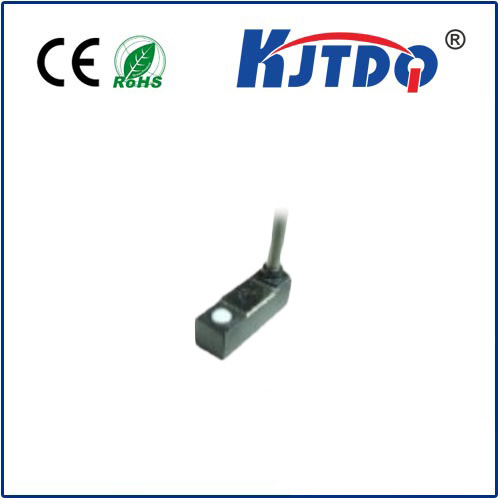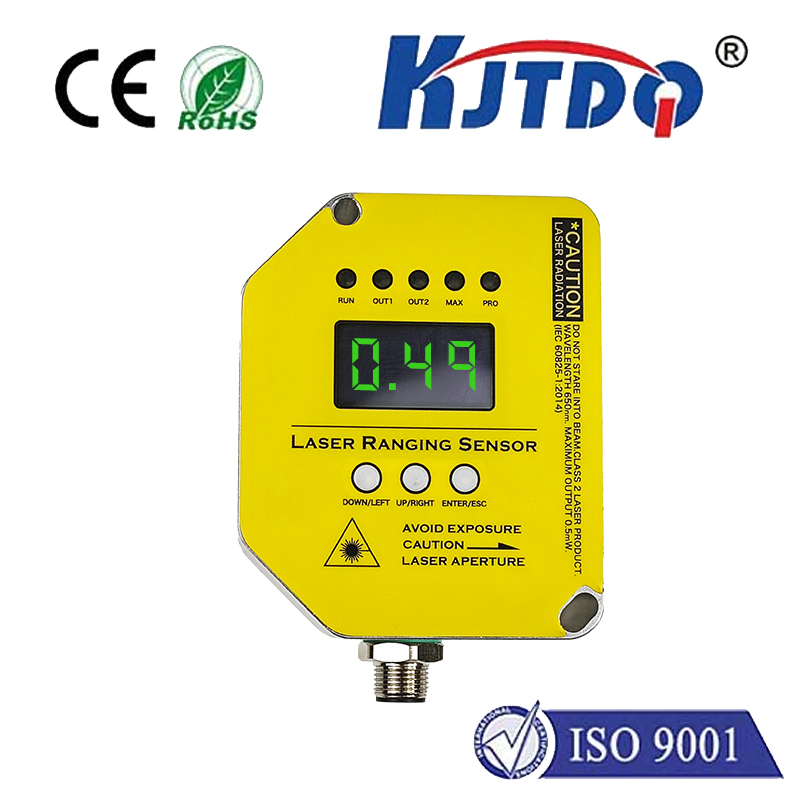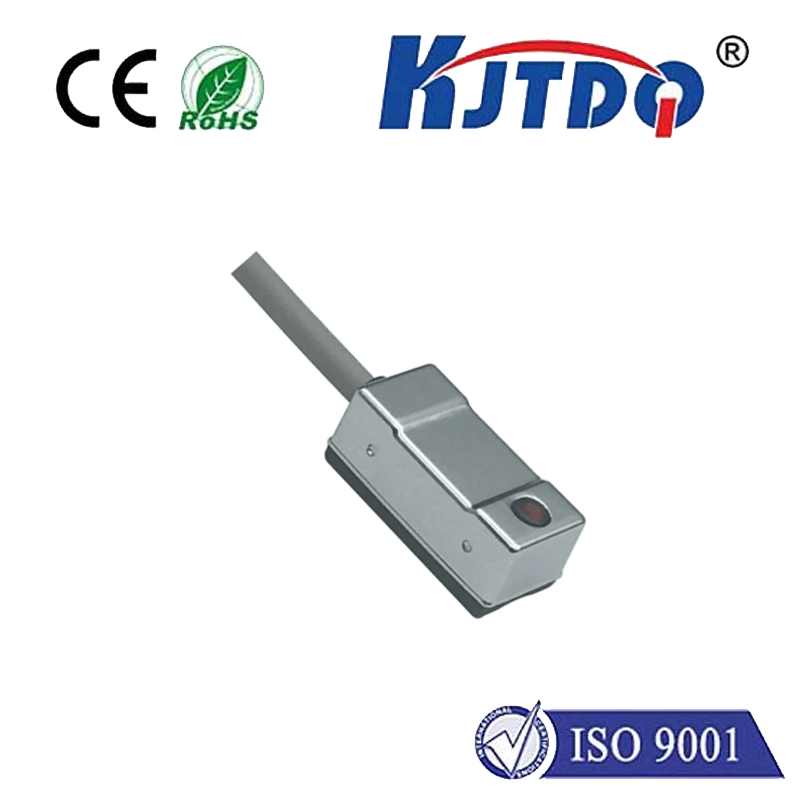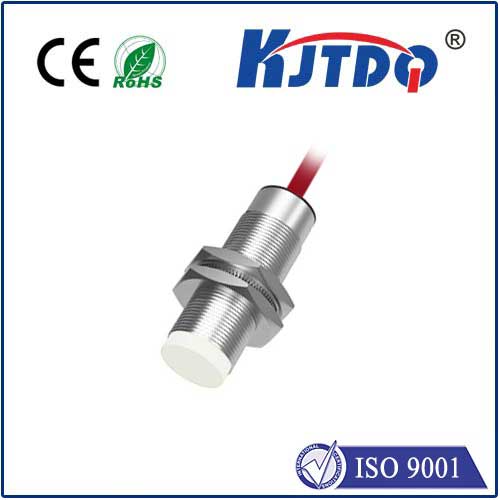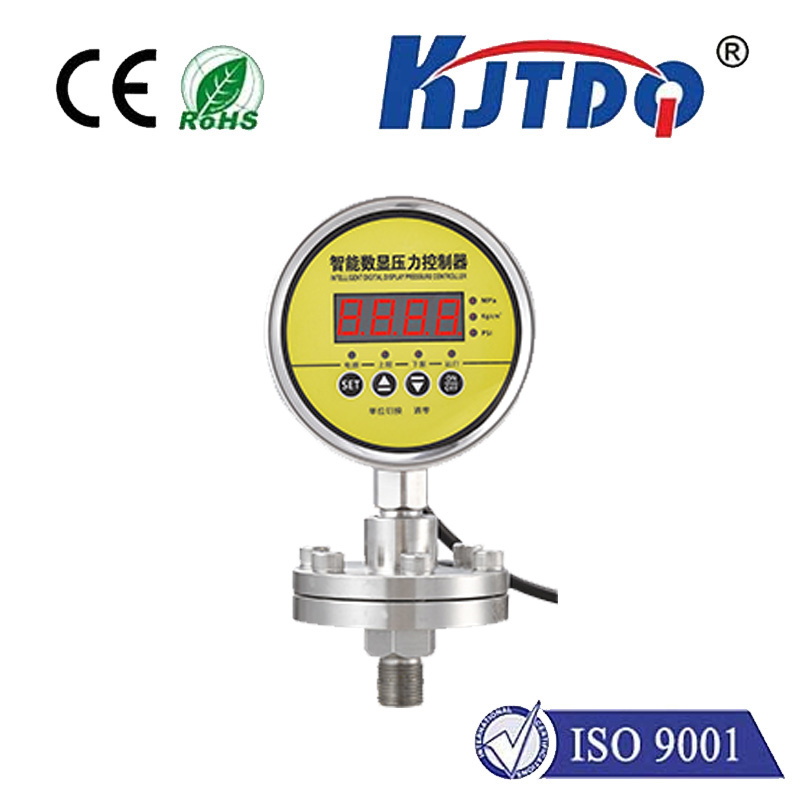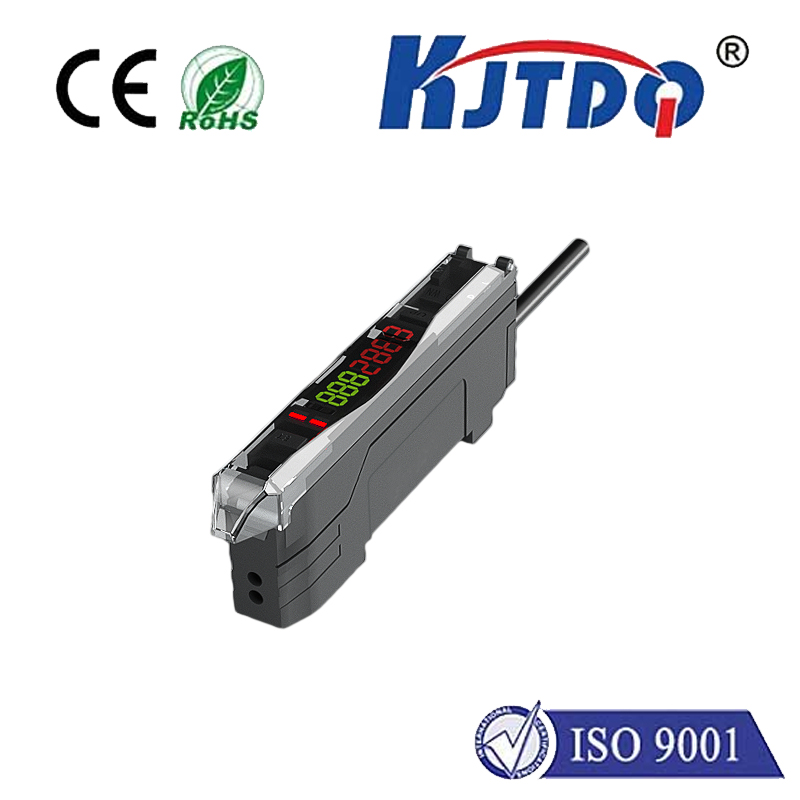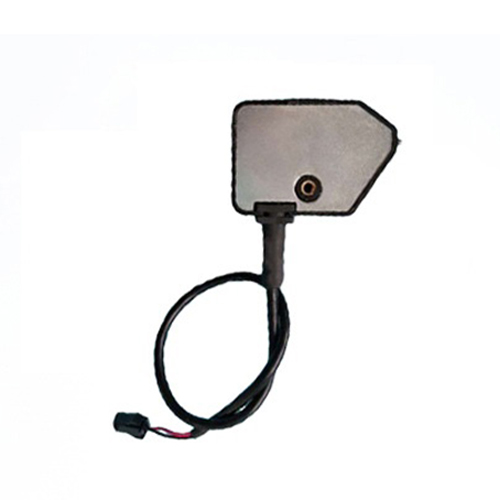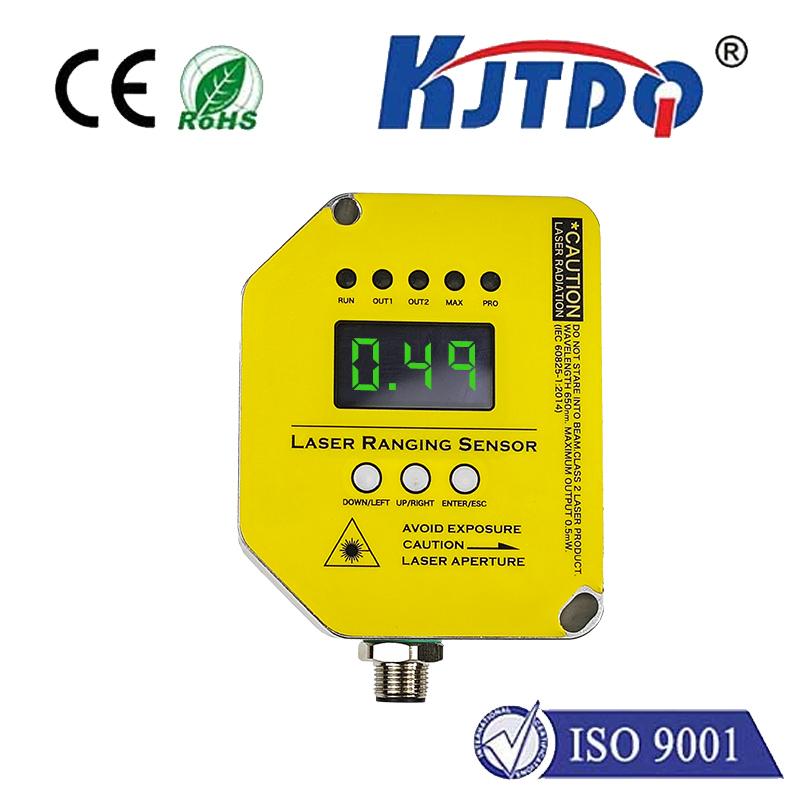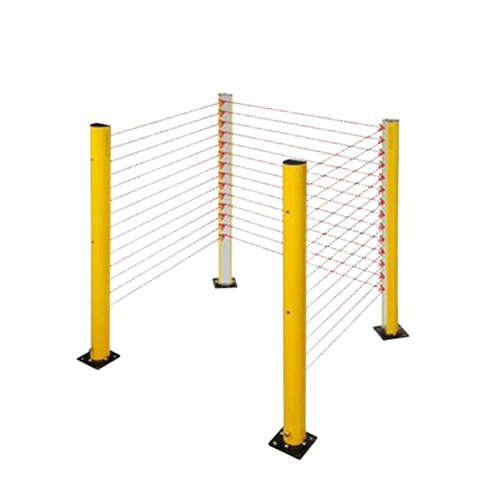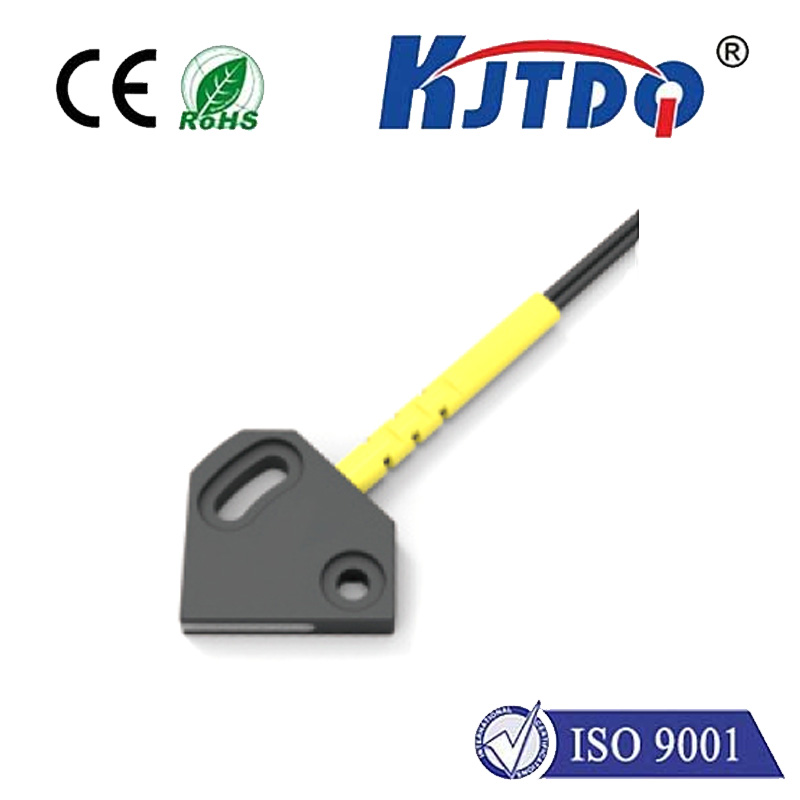

check

check

check

check

check

check

check

check

check

check
High Temperature Proximity Sensors: A Revolutionary Breakthrough in Industrial Automation
In the ever-evolving world of industrial automation, the demand for advanced sensor technology has been on the rise. High temperature proximity sensors, in particular, have emerged as a revolutionary breakthrough that is changing the landscape of various industries. These sensors are designed to withstand extreme temperatures and provide accurate measurements, making them an essential component of modern automation systems.
The Importance of High Temperature Proximity Sensors
High temperature proximity sensors are crucial for industries such as metallurgy, glass manufacturing, and chemical processing, where the operating conditions are harsh and the risk of equipment failure is high. These sensors are capable of detecting the presence or absence of materials at elevated temperatures, enabling operators to monitor and control processes more efficiently. By providing real-time data, these sensors help prevent accidents, reduce downtime, and increase productivity.
Types of High Temperature Proximity Sensors

There are several types of high temperature proximity sensors available on the market, each designed to meet specific requirements. Some of the most common types include:
1. Eddy current sensors: These sensors use electromagnetic fields to detect the presence of metallic objects without physical contact. They are highly resistant to heat and can operate at temperatures up to 250°C.
2. Capacitive sensors: Capacitive sensors utilize changes in electrical capacitance to detect non-metallic objects. They are suitable for high temperature applications and can operate at temperatures up to 300°C.
3. Ultrasonic sensors: Ultrasonic sensors use sound waves to measure distance and detect objects. They are highly resistant to heat and can operate at temperatures up to 400°C.
Applications of High Temperature Proximity Sensors
High temperature proximity sensors have numerous applications across various industries, including:
1. Metallurgy: In metallurgy, these sensors are used to monitor the position of molten metal during casting processes, ensuring consistent product quality and reducing waste.
2. Glass manufacturing: In glass manufacturing, high temperature proximity sensors are employed to detect the presence of glass sheets during rolling processes, ensuring proper alignment and minimizing defects.
3. Chemical processing: In chemical processing, these sensors are essential for monitoring reaction vessels and pipelines, preventing leaks and ensuring safe operation.
Conclusion
High temperature proximity sensors represent a significant advancement in industrial automation technology, offering unparalleled accuracy and reliability under extreme conditions. As industries continue to evolve and embrace new technologies, the demand for these sensors will only grow. By incorporating high temperature proximity sensors into their automation systems, businesses can improve efficiency, reduce costs, and enhance safety, ultimately driving innovation and growth in their respective fields.
